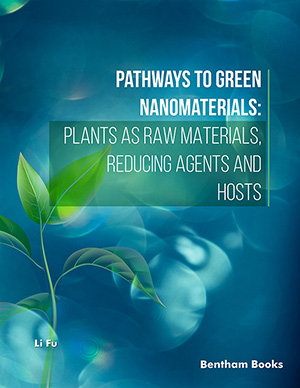Abstract
Nanometal oxides are used extensively in various industries such as cosmetics, medicine, and food. Because of the increased use of nanoparticles, it is necessary to understand their influence on the environment. In this investigation, we have focused on the ecotoxicological behavior of nano and bulk silica (SiO2) and alumina (Al2O3) particles on plant growth–promoting rhizobacteria (PGPR). Nano Al2O3 had shown 15 ± 0.91 mm (Pseudomonas fluorescens), 14 ± 0.53 mm (Bacillus megaterium), 13 ± 0.26 mm (Bacillus brevis), and 16 ± 0.65 mm (Azotobacter vinelandii) zones of inhibition. The influence of nano and bulk particles on soil and its nutrients (total organic carbon, total nitrogen, phosphorus, and available potassium) was also analyzed using standard soil analytical techniques. Our findings showed that nano and bulk SiO2 particles were nontoxic toward PGPR up to 1000 mg L−1 concentration. In addition, bulk Al2O3 particles were less toxic toward PGPR, whereas nano Al2O3 particles were highly toxic at 1000 mg L−1 concentration. Moreover, nano Al2O3 particles led to a decrease in microbial population of the soil, leading to decrease in available forms of nutrients. In addition, this investigation concluded that zeta potential and contact angle have major role in toxicity. Thus, precautions should be taken during disposal and use of such toxic nanomaterials in the soil to prevent their hazardous effects.
Keywords: Ecotoxicity, nanometal oxides, plant growth–promoting rhizobacteria, soil nutrients, total microbial population.

























